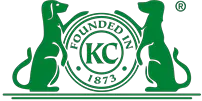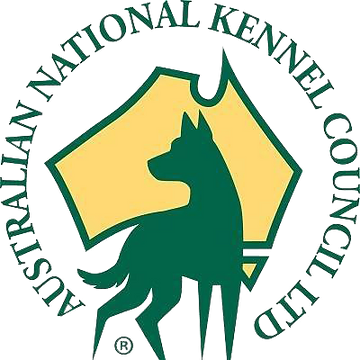Doberman Pit History
The Doberman Pinscher is a medium size, muscular, and well-proportioned working dog. The Doberman Pinscher is a compact, square-proportioned, and medium-sized breed of canine. The Doberman Pinscher is one of the few breeds originally developed in Germany. The Doberman was originally used in Europe solely as a watchdog, and was primarily used to guard livestock and homes. However, the Doberman was later used in police work. The ancestors of the modern day Doberman Pinscher are believed to have descended from the Rottweiler and pinscher-type dogs. The origins of the breed are obscure, but it is likely that the ancestor of the modern doberman was the German pinscher, which was developed into a working class family companion by crossing the pinscher with various local herding and farmyard guard dogs. The more modern version of the doberman is said to have resulted from crosses between a German pinscher, a shepherd, and a brindle-colored pointer. The Doberman, which is affectionately referred to as the “Doberman”, was first introduced to the United States in 1890, when six male and four female puppies were brought to New York from Germany by Louis Scharner.
Time of Origin
Unknown
Doberman Pit Physical Characteristics
The Doberman Pinscher is a medium-large, muscular, athletic, and agile breed of working dog that originated in Germany. They are considered one of the most intelligent and large of the semi-independent guard dogs. The Doberman Pinscher shares many characteristics with the Rottweiler and the Boxer.
Eye Colors
Brown
Nose Colors
Black
Coat Colors
Brindle, White, Brown, Gray, Red, Fawn, Blue
Height Range
Male Height Range: 22 – 28 inches
Female Height Range: 22 – 28 inches
Weight Range
Male Weight Range: 35 – 80 lbs
Female Weight Range: 35 – 80 lbs
Doberman Pit Health
Description of breed health.
Lifespan
10-12 yrs
Doberman Pit Health Concerns
Cardiomyopathy, Hip Dysplasia, Aortic Stenosis, CVI (Wobbler’s Syndrome), Gastric Torsion, Osteosarcoma, Hypothyroidism, vonWillebrand’s Disease
Doberman Pit Temperament and Behaviour
The Doberman Pinscher is a lively, confident, and fearless breed. They are aggressive and territorial towards other animals and humans, however, and will require extensive socialization and training. They are often stubborn and headstrong, but are also very intelligent and eager to learn.
Doberman Pit Activity Requirements
Doberman Pinschers are large, muscular, and athletic, and they require regular exercise. They are happiest when they are given a job, whether that be competitive dog sports, obedience, or herding. Doberman Pinschers were bred to be guard dogs and are happiest when living or working in an environment where they are part of the family. They are even-tempered and loyal, but they are still protective of their home and family. If you work a lot or have a busy household, a Doberman may not be the best choice for you. Instead, look for an active, high-energy, playful breed of dog. If, however, you are willing to provide your Doberman with plenty of exercise and attention, they will be a great addition to any home.
Miles Per Day
14 miles
Activity Per Day
75 minutes
Daily Food
3 cups
Kennel Club Recognition

American Kennel Club
Not Recognized
Doberman Pit is part of the Unclassified group.
Visit the American Kennel Club website.

The Kennel Club
Not Recognized
Doberman Pit is part of the Unclassified group.
Visit the Kennel Club website.

Australian National Kennel Council
Not Recognized
Doberman Pit is part of the Unclassified group.
Visit the Australian National Kennel Council website.

Canadian Kennel Club
Not Recognized
Doberman Pit is part of the Unclassified group.
Visit the Canadian Kennel Club website.
